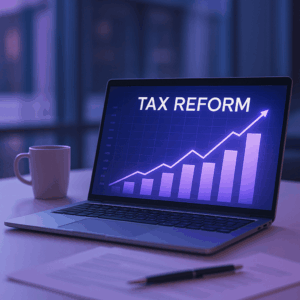Classification of the grant of options as employment income and the date of tax payment – options granted to a controlling shareholder/option granted to service providers.
When a company grants options to employees, the prevailing preference for both companies and startups as well as for employees is to apply the capital gains track under Section 102 of the Income Tax Ordinance, such that a 25% capital gains tax is applicable and the tax is deferred until the sale date (or the date the shares are transferred from the trustee to the employee). For more information on the possible taxation routes for an option according to Section 102 of the Ordinance, click here.
When dealing with individuals who are not employees as defined in Section 102 of the Ordinance, the ‘tax benefits’ of the section do not apply. In such cases, marginal tax may already apply at the time the options are granted according to Section 2 of the Ordinance (Section 2(1) – earnings or profits from business, or Section 2(2) – earnings or benefit from employment). This means taxation at a higher rate according to tax brackets – up to 50% tax, and also the tax date – at the time the options are granted.
As part of tax planning and consulting, our office examines the case and the options for minimizing taxes according to the following order of preference:
- Firstly, we examine whether it is possible to qualify for the capital gains track of Section 102, considering various interpretations.
- If not, we will attempt to apply Section 3(9), so that at the very least – the tax event date will be deferred, and the employee or service provider will not be required to pay for the tax benefit before actually receiving any income.
As for the first option – checking whether Section 102 can be applied – the employee must not be a controlling shareholder. If dealing with a director of the company who is not a controlling shareholder, the section can be applied to them, subject to certain conditions. If an employee receives several options that make them a controlling shareholder, in many cases, we can make a separation that allows at least partial application of the section. Sometimes this requires reviewing agreements and drafting opinions, but in many cases, it is very beneficial for that employee.
Occasionally, the mere fact that someone is employed via an invoice does not prevent them from being defined as an employee, and this is assessed based on the criteria for establishing employee-employer relations as stated in case law, including the tests of obedience and supervision, the equipment test, and more.
As for the second option, namely, when we conclude that it is not possible to benefit from the capital gains track and the application of Section 102 of the Ordinance, under certain circumstances, there is room to argue that the income from options should not be taxed at the time of grant according to Section 2 of the Ordinance, but rather to defer the tax event as stipulated in Section 3(9) of the Ordinance. This is subject to certain conditions, including that the options are not traded on a stock exchange.
Tax planning as detailed in this article can lead to very significant savings in the taxation of options granted to controlling shareholders or service providers, and many of our clients have already benefited from these savings.



